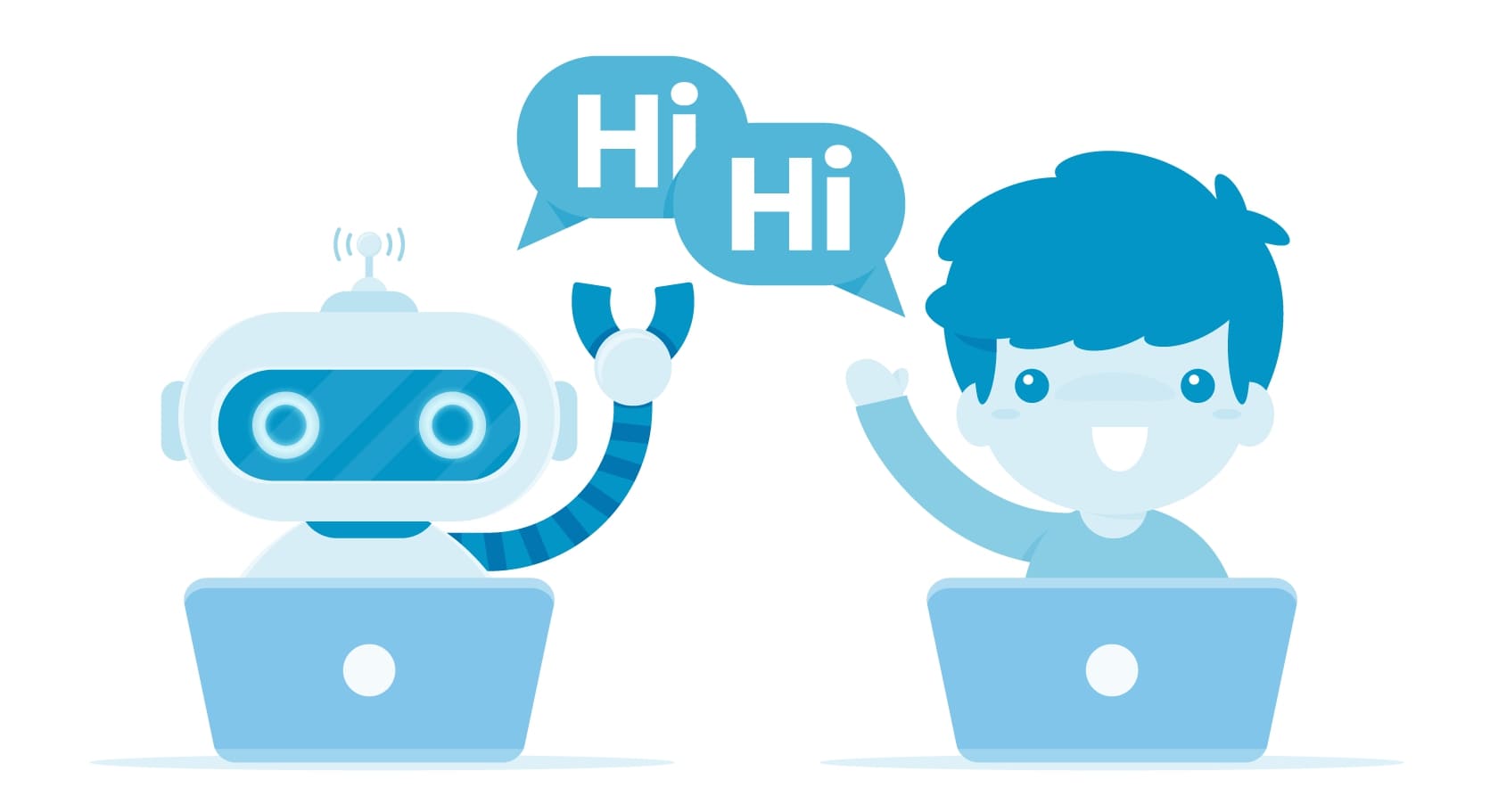In such a competitive market, every business attempts to outperform its rivals to gain as many customers as possible. The majority of companies across all industries will utilize the digital transformation process to accomplish this, and education is no exception. The term “Digital transformation in Education” started from COVID-19 pandemic when roughly 1.5 billion students, 90% of the world’s elementary, tertiary and secondary students are unable to physically attend school. Therefore, in order to support remote teaching and learning, educational institutions need to implement EdTech solutions. It should be noted, nevertheless, that the digital transformation of the education sector is not just limited to online teaching and learning during COVID19; it continues to grow even after the pandemic is over. According to HolonIQ, by 2025, the worldwide EdTech market is expected to reach $404 billion, which means that additional exciting technical advancements will raise the level for this sector. To learn more about the impact and importance of digital transformation in education industry, let’s check the article below!
1. What Is Digital Transformation in Education?
Digital transformation is the use of technology to improve an organization's core business operations in order to meet customer demands more efficiently. Students, faculty, staff, and graduates can all be target consumers in the educational sector, and digital transformation in schools can benefit both students and teachers.
Digital transformation to enhance student experience may include:
- Enabling students to enter classes through the mobile app or web application.
- Providing a diverse range of online learning options.
- Using technology to track students' progress and enforce intervention protocols.
- Adding online class organization capabilities.

Digital transformation in education benefits both students and teachers
2. Key Advantages of Digital Transformation in Education
It is undeniable that adopting innovative technology into education can bring a lot of benefits for both students and educators:
- Accessibility: Instead of physically going to school, students and teachers nowadays can choose to learn online. It means that no matter where you are, be it a remote area or foreign country, you can join your favorite courses. All you need to have is simply a stable Internet connection.
- Better Results with Data Analytics: Schools can use analytics to monitor performance and raise standards. Teachers can gain a better understanding of each student’s needs by examining the data gathered from their use of technology in the classroom.
- Personalized Learning: Digital technologies allow students to pick their own speed while also customizing the lessons to suit their tastes and level of cognitive ability. Additionally, customized learning platforms enable students to blend learning materials from various sources and benefit from more tailored experiences.
- Greater Engagement: Teachers can give students more interesting ways to study and absorb new information by switching from traditional to more modern teaching approaches. Examples of tools used to improve student learning include interactive whiteboards, tablets, smart classrooms, projectors, chatbots, AR/VR, and AI-powered software.
3. Are There Any Challenges When Adopting Technology Into the Education Industry?
It needs to know that Digital Transformation in Education is not easy. Some factors affect the process to transform from traditional methods of teaching and learning to the more advanced ones include:
Unwillingness to change: The educational institutions may fear being replaced by technology and hesitate to leave out of their comfort zone. As a result, internal people and processes are unwilling to change. The goal here is to persuade teachers that even the most advanced technology will never be able to replace them. Instead, cutting-edge technologies such as AI-based learning platforms will relieve teachers of the burden of preparing materials and activities for their classes while also making lessons more engaging and informative.
Lack of relevant skills: One of the factors affecting the digital transformation process in education is insufficient tech knowledge and skills. Few educators have a comprehensive understanding of how to use digital tools and solutions in teaching and learning activities. They must be trained and kept up to date. Some basic technological skills may help them set up online learning platforms, distribute exercises digitally, and motivate students.
Poorly defined long-term strategy: Digital transformation needs planning and forward-looking strategy, which can be challenging for educational providers. They must respond to questions such as:
- What are you planning to achieve with digital tools?
- Is it possible to successfully integrate new digital technologies into the existing legacy system?
- Are teachers and students sufficiently prepared to change?
- Will everyone have equal access to new learning models?
- Do you have the budget for infrastructure changes, customizations, and replacements?
4. Technologies For Digital Transformation in Education
a. AI Technology
As among the most important technologies of this sector, the global use of AI in education is expected to hit $5.8 billion by 2025. Integrating Artificial Intelligence into Education will offer personalized learning for each learner, allowing them to access their weaknesses while mastering their strengths. Furthermore, AI can help teachers by automating grading for multiple-choice and fill-in-the-blank tests. This frees up educators' time for activities that require creativity and personal interaction with students.
Related: An Advanced EdTech Solution: Machine Learning in Online Education
b. Chatbot Development
AI-powered chatbots are an essential tool in learning platforms, benefiting students, teachers, and even administrative staff. In the development of a learning platform, such chatbots can assist learners with basic tasks, answer questions, provide feedback, and even advise students on a suitable learning process. Because of these advantages, many educational institutions have invested in chatbot technology and customized it to meet their specific needs.
Related: Chatbot Development: An Indispensable Virtual Assistant In Software

Chatbot development in education
c. Metaverse
The advances in AR/ VR Technology give birth to the wider adoption and development of the metaverse in the education sector. With the growing adoption, it is expected that the global metaverse education market will reach a value of $32.39 billion by 2028.
Thanks to the metaverse world, students can immerse themselves in a highly realistic environment, which helps them put theory into practice, retain knowledge better, and increase engagement. Learners can utilize AR and VRR to participate in simulations and games as if they are physically there. For example, 3D illustrations can help them understand how a certain piece of machinery works or what a mathematical concept looks like in real life. Besides, educators can set up Metaverse learning environments to suit their needs while easily socializing, studying and sharing files with other friends or teachers.
d. Blockchain
Blockchain, which is now the technology grabbing the most attention, has an impact on numerous industries, including education. Information about students, such as their attendance, exam results, or courses they have finished, can be stored and tracked using the Blockchain immutable ledger. Once such data is stored on a distributed ledger, it is difficult to modify or manipulate, and only individuals with permission can access it. Additionally, educators can use the Blockchain Smart Contract to plan their work. They can record a lesson onto a blockchain, give students tasks, establish assignment requirements, and enable smart contracts to automatically check task completion and let the student move on to the next.
Let’s explore the collaboration between SotaTek and the Vietnamese Ministry of Education and Training (MOET) to learn more about how Blockchain might benefit the education sector. Normally, the Vietnamese MOET had to issue up to 1.5 million graduation certificates and diplomas, which made the process of documenting and tracking them quite challenging. Therefore, as a Top Vietnam Blockchain Company, SotaTek utilized the transparency and immutability of Blockchain to develop the Public Blockchain System, which will secure and record all the graduation certificates and diplomas issued by the Ministry.
Related: Here Are 5 Blockchain Use Cases in the Education Sector
5. Final Thoughts
To conclude, digital transformation in the education industry improves accessibility, inclusion, and engagement while also contributing to the development of more personalized learning approaches. Besides, it also offers a seamless interaction between students and teachers, allowing them to connect everywhere and everywhen.
Are you in need of Educational Software Development Companies? Contact our experts right now and we will assist you from idea to visual design, development, deployment and maintenance of the EdTech solution. SotaTek commits to working closely with your company to understand your systems and go through every phase of the development process with the best support. Therefore, once you join SotaTek’s partnership network, you can rest assured that your final platform will be built to satisfy not only your needs but also your end-users’ expectations.
Check more about our portfolio here.
Find more information about SotaTek on:
LinkedIn: https://www.linkedin.com/company/sota-tek-.-jsc/
Twitter: https://twitter.com/SotaTek
Email: contact@sotatek.com


















